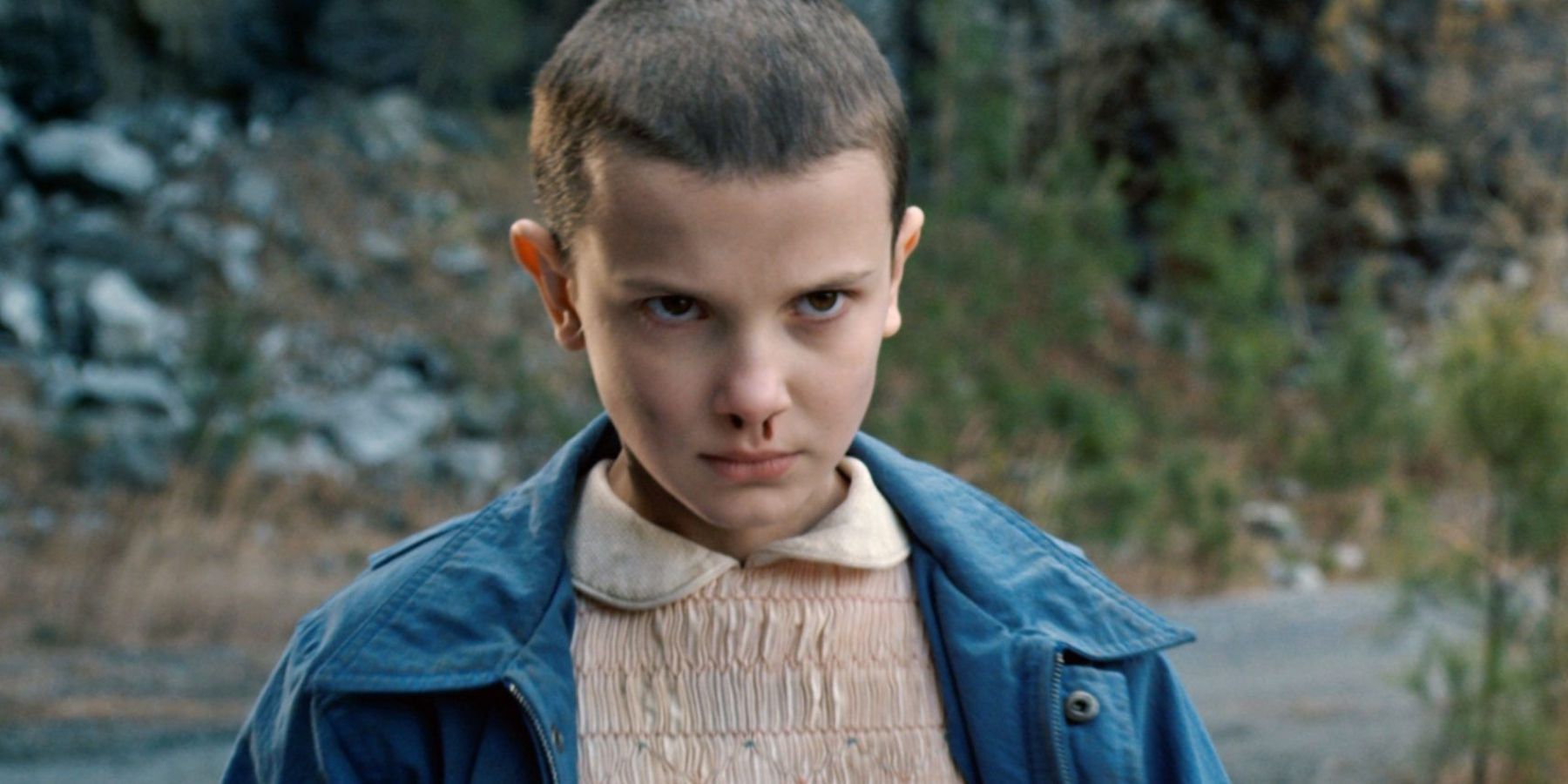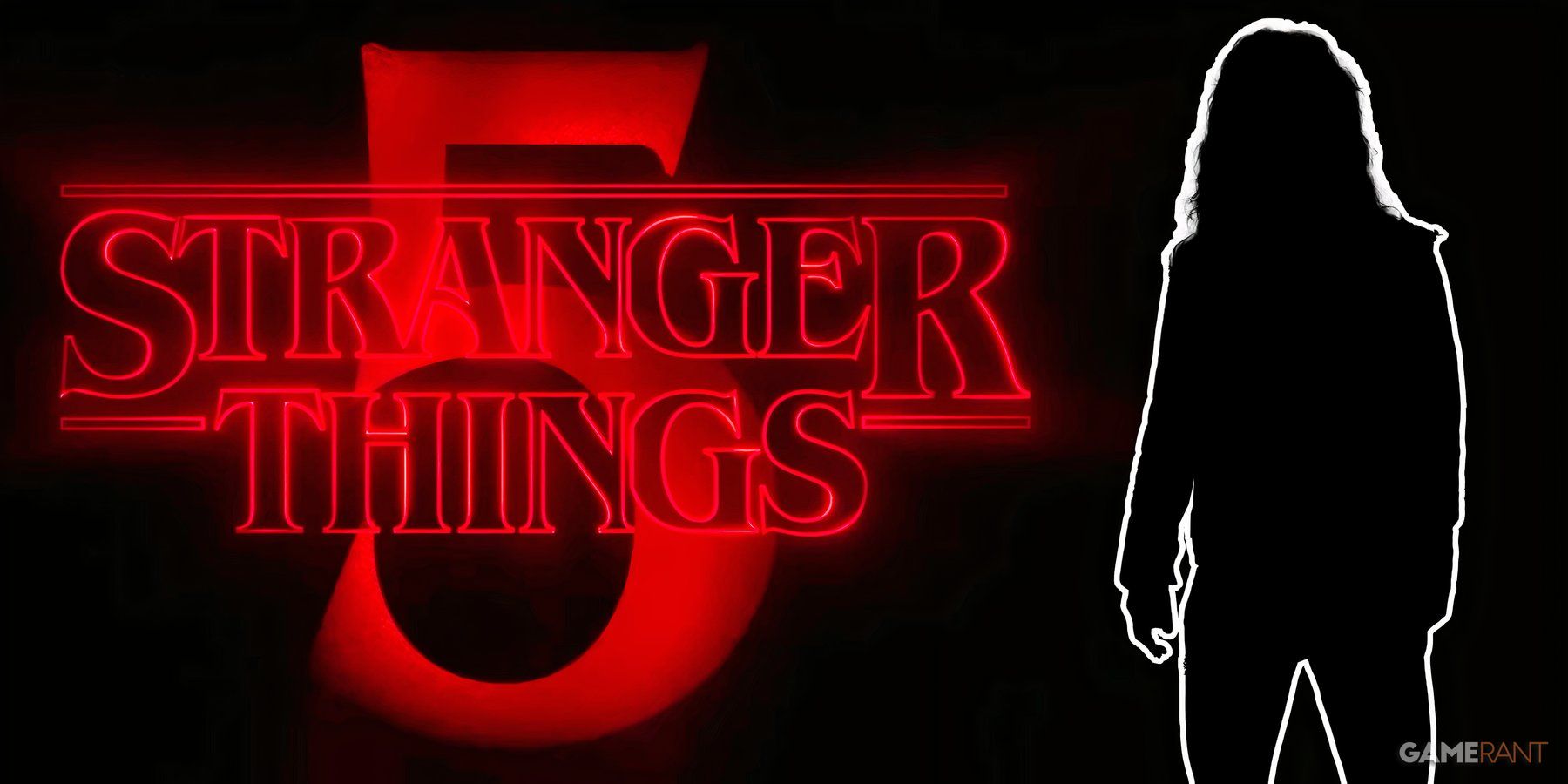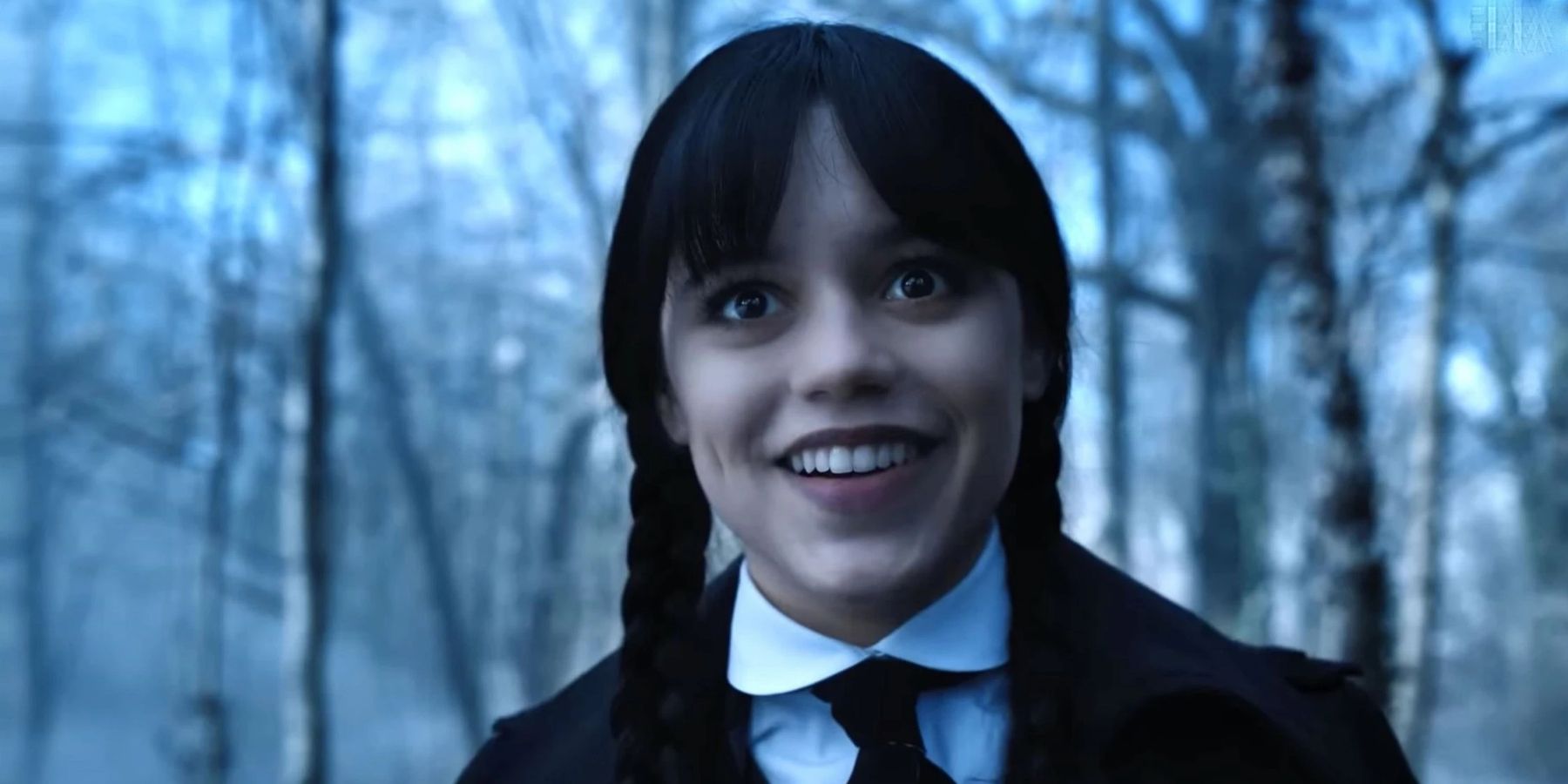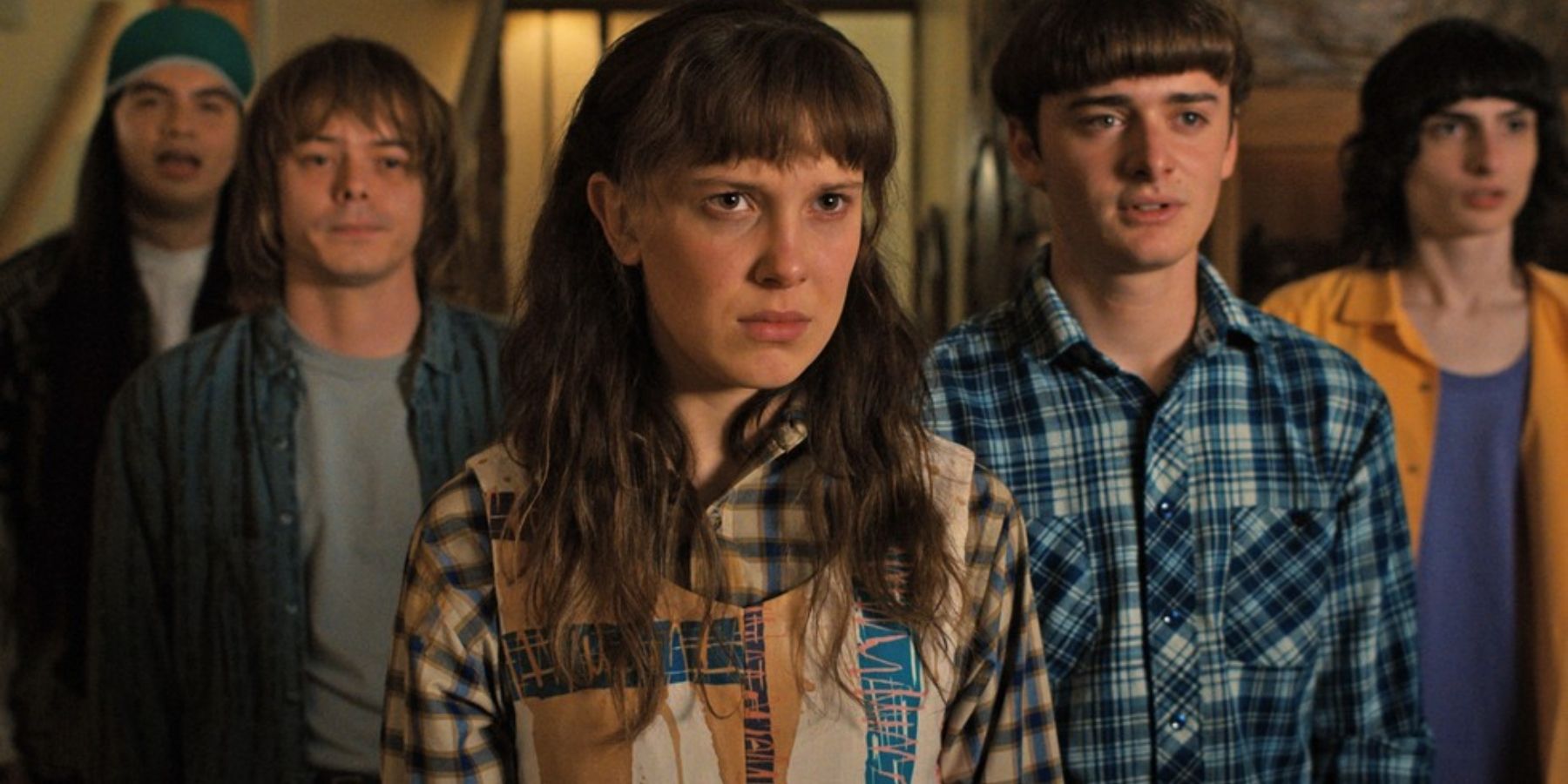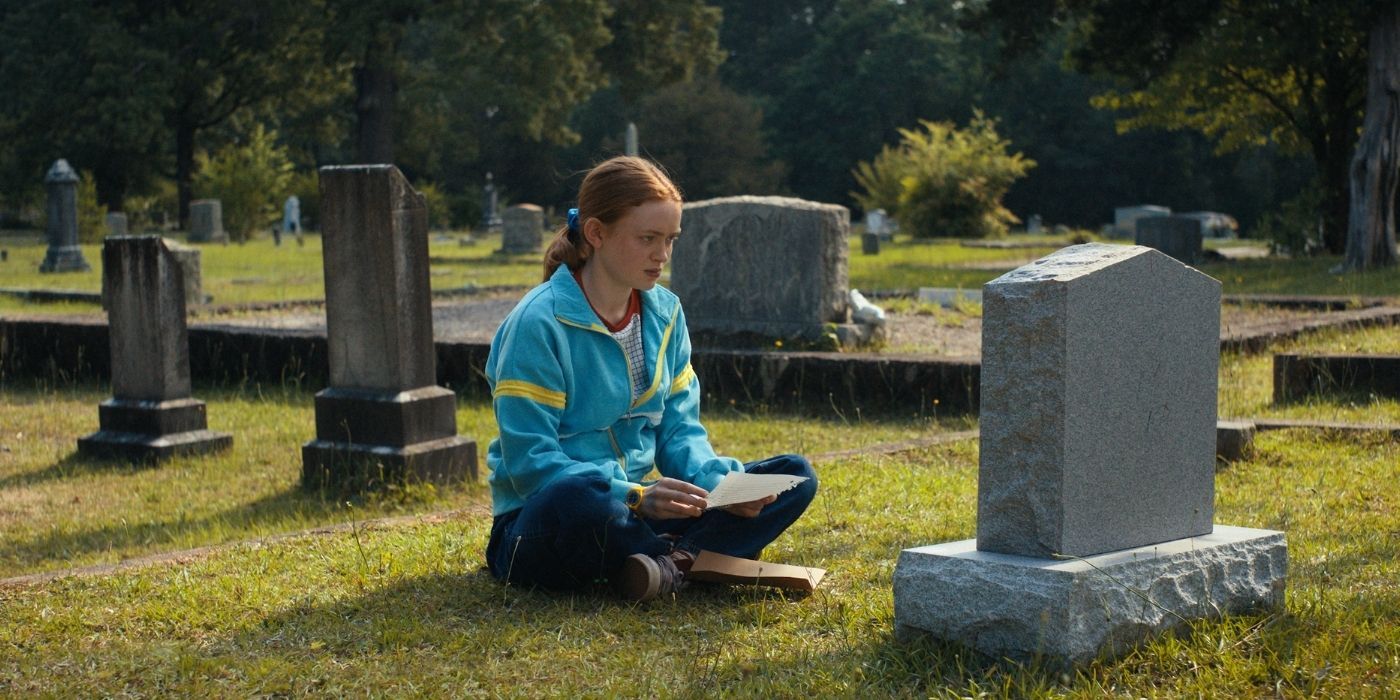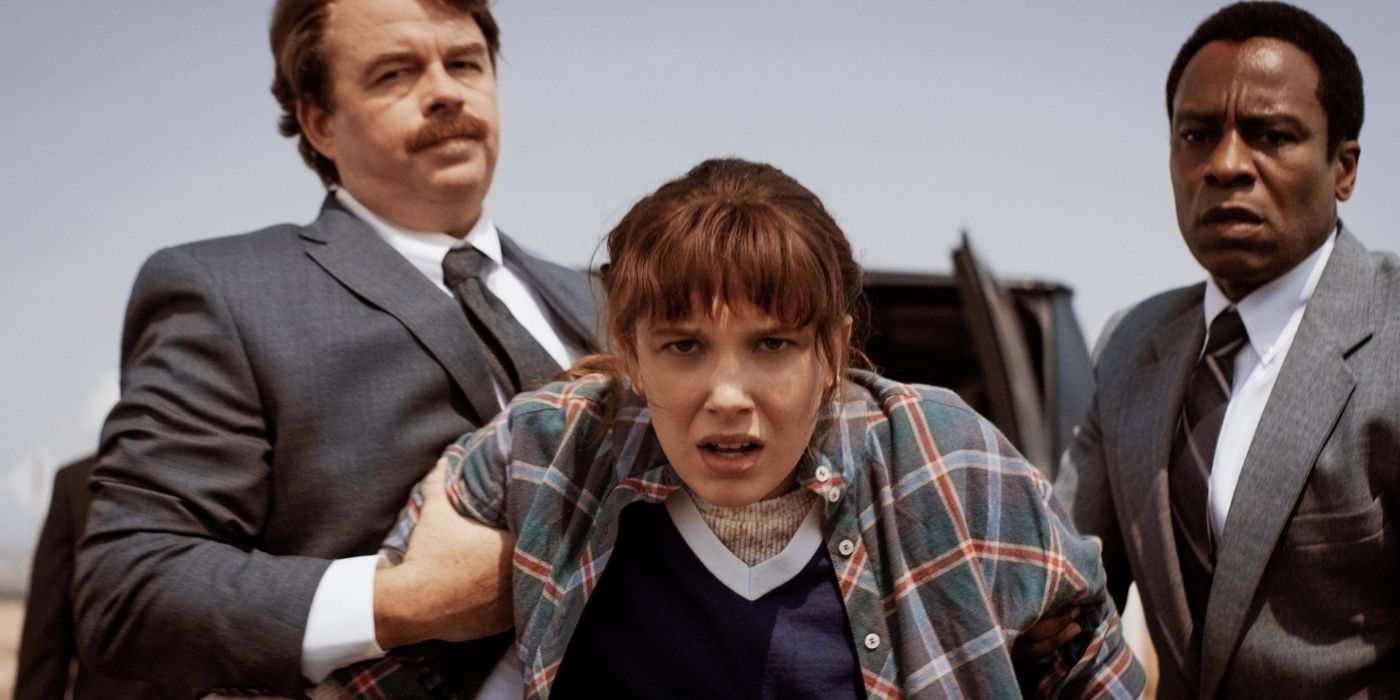For a series that appears to be universally loved, Stranger Things has received a lot of criticism due to its supersized runtimes. Each episode of the highly anticipated fourth season’s volume one runs over an hour, and the remaining two episodes (volume two) clock in at 1 hour and 25 minutes and 2 hours and 30 minutes, respectively.
The Netflix fantasy expertly channels nostalgia into its original story that is packed with heart, heroic characters, and nerdy goodness. It is an epic drama about fighting monsters, uncovering government secrets, and seeking goodness in a world plagued with evil - and it does not shy away from paying homage to those who came before it. The series unabashedly references and adopts material from Dungeons & Dragons and iconic horror movies, music, and other motifs from the 1980s.
Stranger Things has been praised for breaking viewership records on Netflix and welcoming an international fan base, as well introducing an abundance of talent to the Hollywood scene. It has also garnered positive reception on Rotten Tomatoes (an accumulation of reviews from a variety of critics) with season one earning a 97%, and the subsequent seasons getting a 94%, 89%, and 94%. So, with the show proving its commitment to high-quality content, why are critics are allergic to these long runtimes?
What Are Critics Saying About The Season Four Runtimes?
When the season four runtimes were announced, viewers were polarized. Fans were looking forward to their favorites receiving more screen time and critics began to fear content overload. Emma Stefansky wrote in Thrillist that viewers will “just be sitting there for 13 hours watching a story unfold that could have been done in half that time,” continuing to describe the episode drops as “products crafted on an assembly line.” In Gizmodo, Linda Codega wrote “this feels like a capital-G Gimmick to keep fans involved as long as possible and to extend their visibility over a month instead of a weekend,” adding that they want “to watch a television series without having to sit through three movies to do it.”
It is crucial to note that Stranger Things is not the first series to adopt supersized episodes - and speaking about the runtimes as if it is changing modern television is deceptive. Shows like Perry Mason and, more recently, BBC’s Sherlock and Black Mirror have adopted similar storytelling techniques bringing forth episodes that dabble in the 90-minute runtime arena.
While fears and sentiments about the show’s character development and bloated storytelling, and the prolonged episodes arriving just in time to satiate Netflix’s cry for help amid its stock crash, are totally valid reasons to be skeptical for the long episodes, the Duffer Brothers’ commitment to world building and telling a larger-than-life story (categorized as an epic) cannot be ignored.
Looking beyond the television genre and into other epics, the Lord of the Rings trilogy is another key example. The popular franchise contains three movies that run for over 11 hours (averaging 222 minutes per movie) which is a supersized format given that the most popular movie runtime is 90-100 minutes. Stranger Things is not subverting the genre, but instead, it is adding to it.
Longer Runtimes Work For Stranger Things
While the season may ebb and flow for some viewers, the halfway point through season four, volume one, has received praise from all - episode four has trended on Twitter since its debut on May 27 with viewers commenting on the episode’s “perfect” pacing, nail-biting drama, and excellent performances. In light of this, others have noted that the surrounding episodes do not hit the same level, given that they are filled with fluff and subplots that fail to resonate to the same lengths - however this is the magic of the show. When the show first began, it had a more simplistic flow, following a group of three boys on a quest to save their friend from an undiscovered evil. As the series developed, more characters were added and more discoveries were made about the Upside Down - a natural progression for the series.
It has gotten to the point where the show boasts 13 main characters, yet it manages to stick to its ethos of “no man left behind”. The subplots are not of equal importance, as that would cause the show to feel uneven and there would be no room for comedic relief (like the Suzie chase in season 4), but these journeys tie together to achieve a greater good and as the show has proven in the past (along with other epics) that the series will soar once the large ensemble group reunites. It is just a matter of time, and when that time comes, viewers will have a supersized episode to enjoy it.
Stranger Things Season 4, Volume 1 is currently streaming on Netflix, with Volume 2 premiering July 1.

